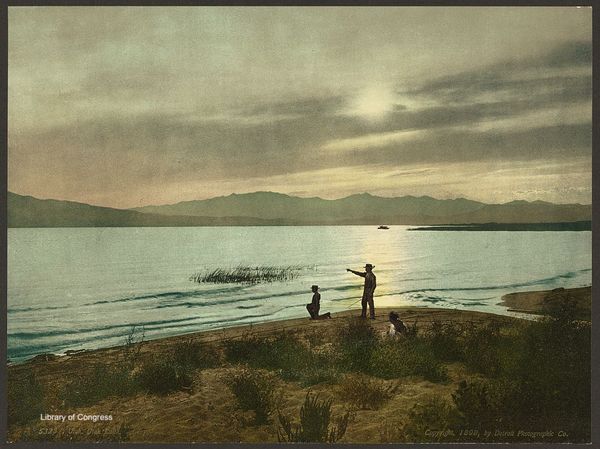Dublin Core
Title
Description
Prior to Mormon settlement in 1849, Utah Valley was home to the most abundant fisheries in the Intermountain West. Native species such as cutthroat trout, suckers, whitefish, and chubs thrived in Utah Lake and nearby Provo River, making up a third of the diet of the local Timpanogos Utes, who were known as the “fish eaters.” Yet in half a century’s time, due to mismanagement of the fish population by white settlers, all of these unique native species were either endangered or extinct.
Mormon settlers made drastically different use of the land than the Timpanogos people, relying more on agriculture than hunting and fishing. This required extensive diversion of streams for irrigation, which altered water levels and blocked native trout and suckers from reaching their spawning areas. The fish that were able to spawn in streams made easy and plentiful prey for Mormon settlers who harvested them for sale. But this practice was detrimental to the fish life-cycle. Waste from livestock also polluted fish habitats. The impact of all these factors was noticeable enough that by 1866, the territorial legislature began to regulate fishing practices.
During the 1880s, the territorial government attempted to replenish the waters with new species of fish. Carp were introduced into ponds near the Jordan River and directly into Utah Lake. At the time, carp were considered a “superior food fish,” though by the 1890s wildlife managers would sour on carp, considering them worthless. Still, Utah planners continued to introduce sport fish such as bass, bullhead, and catfish through the end of the century. These invasive species competed with – and even fed on – native species, which were already facing diminished numbers. Utah legislators continued their attempts to establish conservation measures into the twentieth century, but to little avail.
Today, only two of Utah Lake’s thirteen native species still swim in its waters: the June sucker and the Utah sucker. Even when the growing settler population benefited from the valley’s abundance, mismanagement of natural resources led to the collapse of this valuable fishery. A quick-fix remedy only made matters worse. Will Utahns today learn from this mistake or risk repeating it?
Creator
Source
_______________
See Richard A. Heckmann, Charles W. Thompson, and David A. White, "Fishes of Utah Lake," Great Basin Naturalist Memoirs 5 (1981); J. W. Sigler and W. F. Sigler, "History of fish hatchery development in the Great Basin states of Utah and Nevada," Great Basin Naturalist 46 no 4 (1986).

